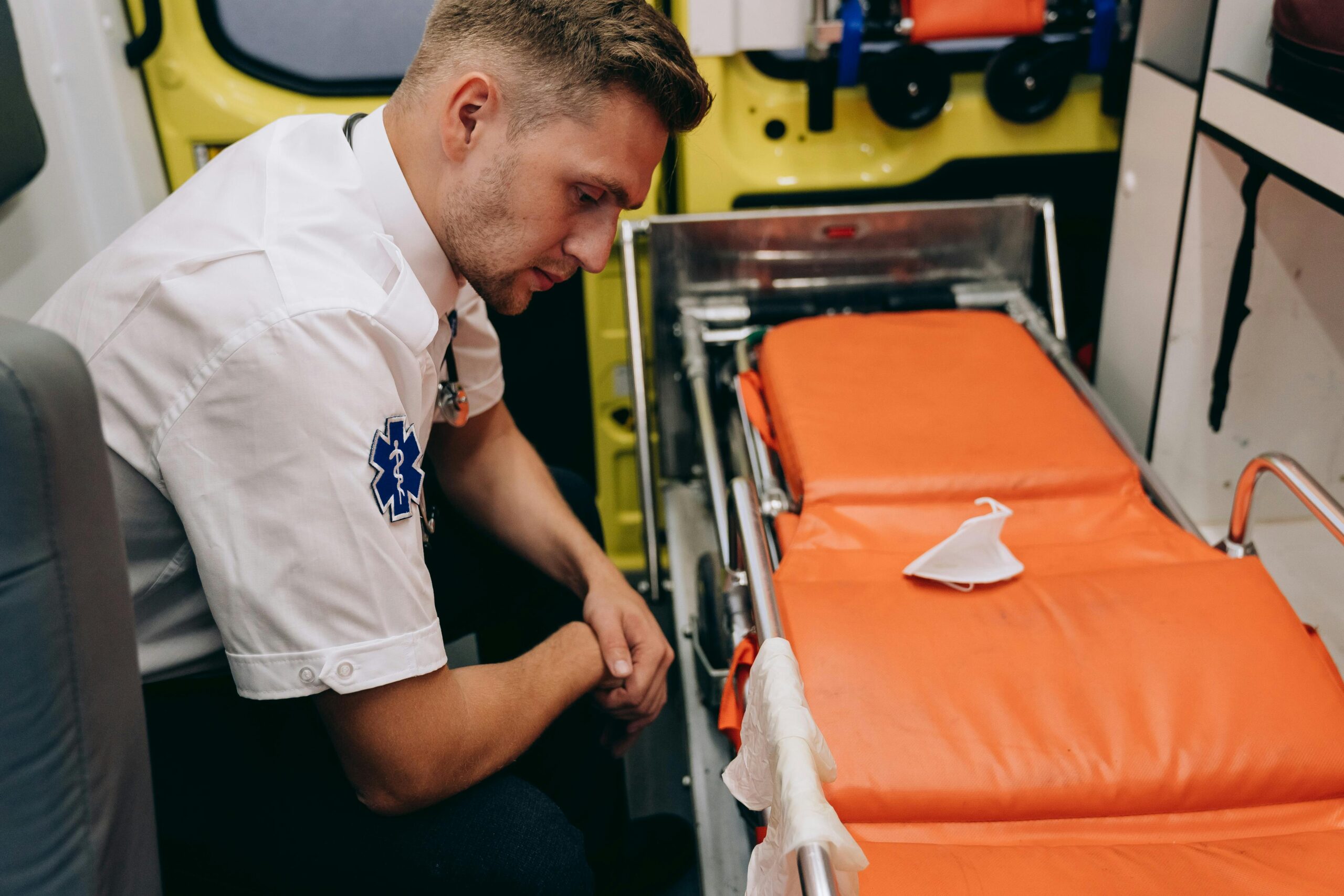PTSD For Responders: Why It’s Different And How Therapy Helps
- Home
- /
- Blogs
- /
- Mental issues
- /
- PTSD For Responders: Why It’s Different...

First responders never have two days that look exactly the same. A day in the life of a firefighter could mean saving a cat out of a tree, helping an elderly person who fell in their home, or putting out a fire from a Fourth of July cookout.
But a day in the life of a firefighter could also mean some not-so-good days. Rescuing someone with third-degree burns from a car fire only to result in them not making it. Pulling a body out of a lake. Or watching a house burn completely down to the ground despite all of their efforts to save it.
Doctors and nurses experience the same thing in their roles. They could experience amazing days of saving lives, treating patients, and success stories. Other days could mean giving someone unfavorable news about their loved one, losing a patient, or treating patients involved in serious accidents.
Post-traumatic stress disorder can happen to anyone, but in the case of first responders, repeated exposure to traumatic events can cause their PTSD to look a little differently than most.
Let’s learn more about why PTSD for first responders is different and how therapy can help.
What Does PTSD Look Like In First Responders?
Post-traumatic stress disorder (PTSD) is a common stress disorder that first responders experience due to their roles. Let’s dive into some of the most common signs of PTSD and what it can look like in first responders:
- Anger
- Avoidance
- Guilt
- Mood swings
- Negative thought patterns
- Intrusive thoughts
- Reckless behavior
- Shame
How PTSD is Different for First Responders
The Cause
PTSD in first responders can look different compared to someone in another role. PTSD can affect many first responders due to their day-to-day workload and the nature of their job. They see and have hands-on experience each and every day to serious accidents, violence, traumatic events, and natural disasters. Someone in another field may experience one traumatic event throughout their lifetime. The work environment for a first responder means working long hours, putting others’ needs before their own, and always being “on”. These scenarios can be draining on their own, but first responders have a combination that can lead to an increased risk of mental health disorders.
High-Pressure Situations
First responders can be involved in high-pressure and stressful situations regularly. Police officers often have to break up domestic disputes, chase down criminals, or handle protests. Police officers are responsible for keeping others safe while their safety is threatened. Firefighters experience life-or-death situations each and every time they enter a burning building. These situations can have a long-lasting impact on their mental health, especially in terms of stress and anxiety.
Barriers to Care
Seeking help for PTSD is extremely important for someone in the treatment process. First responders can deal with several barriers to proper care. These are some of the most common barriers they can experience:
- Being a burden
- Cost of treatment
- Fear of job loss
- Inability to work or get time off of work
- Lack of access or availability
- Lack of knowledge
- Negative past experiences
- Not wanting to appear weak
- Stigma
- Transportation
- Worrying about confidentiality
How Therapy Can Help
One of the best forms of treatment for PTSD is seeking additional support through a licensed and trained mental health professional. Seeking help is important to address any signs or symptoms and get to the root cause of PTSD. The longer you let these signs and symptoms linger without help, the worse they can become. You can’t continue to help others if you have nothing left to give. Taking the time to work on yourself can help your mental well-being, and also allow you to be the best you can be in your role. Reach out today to set up a consultation.
